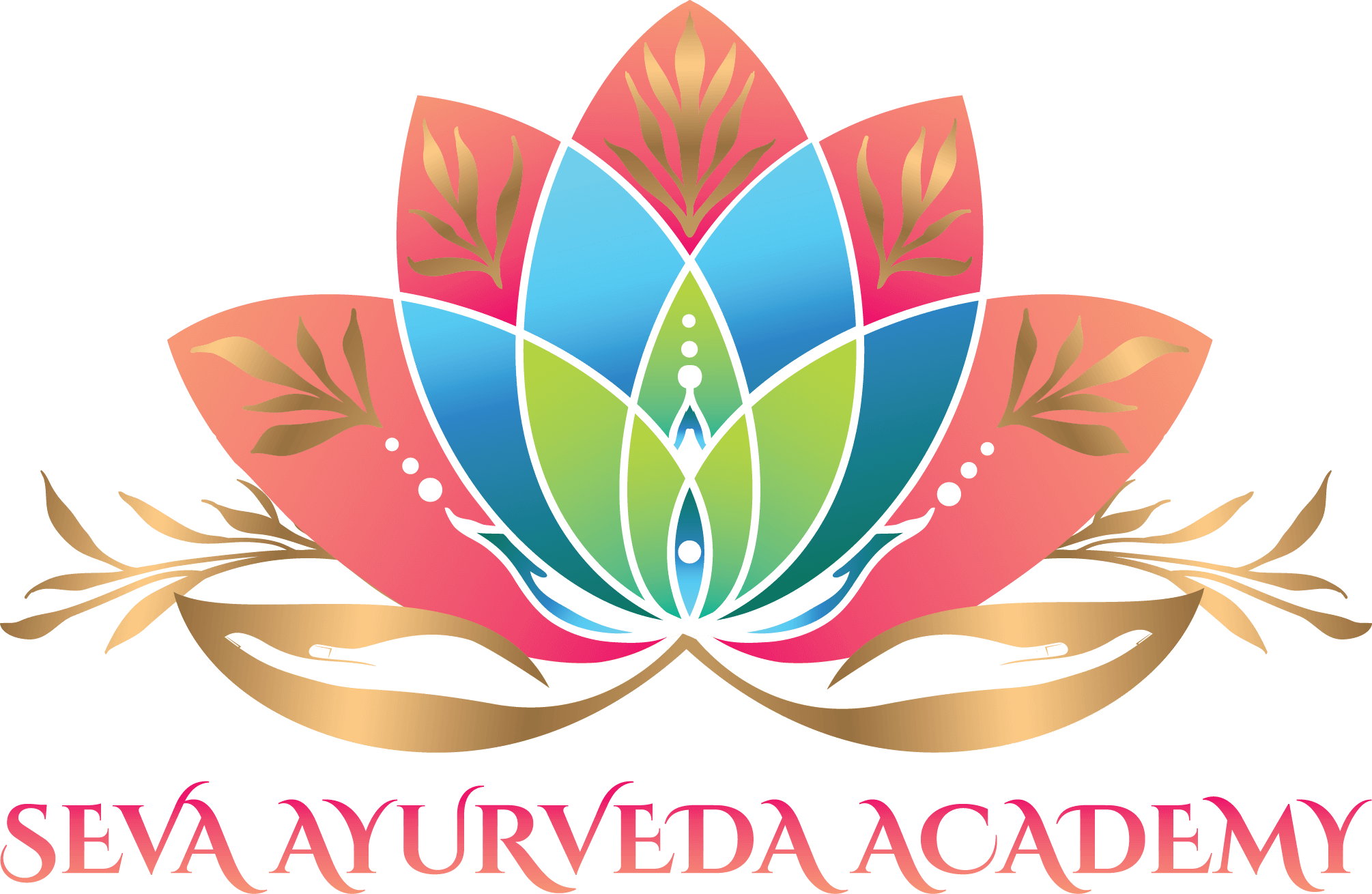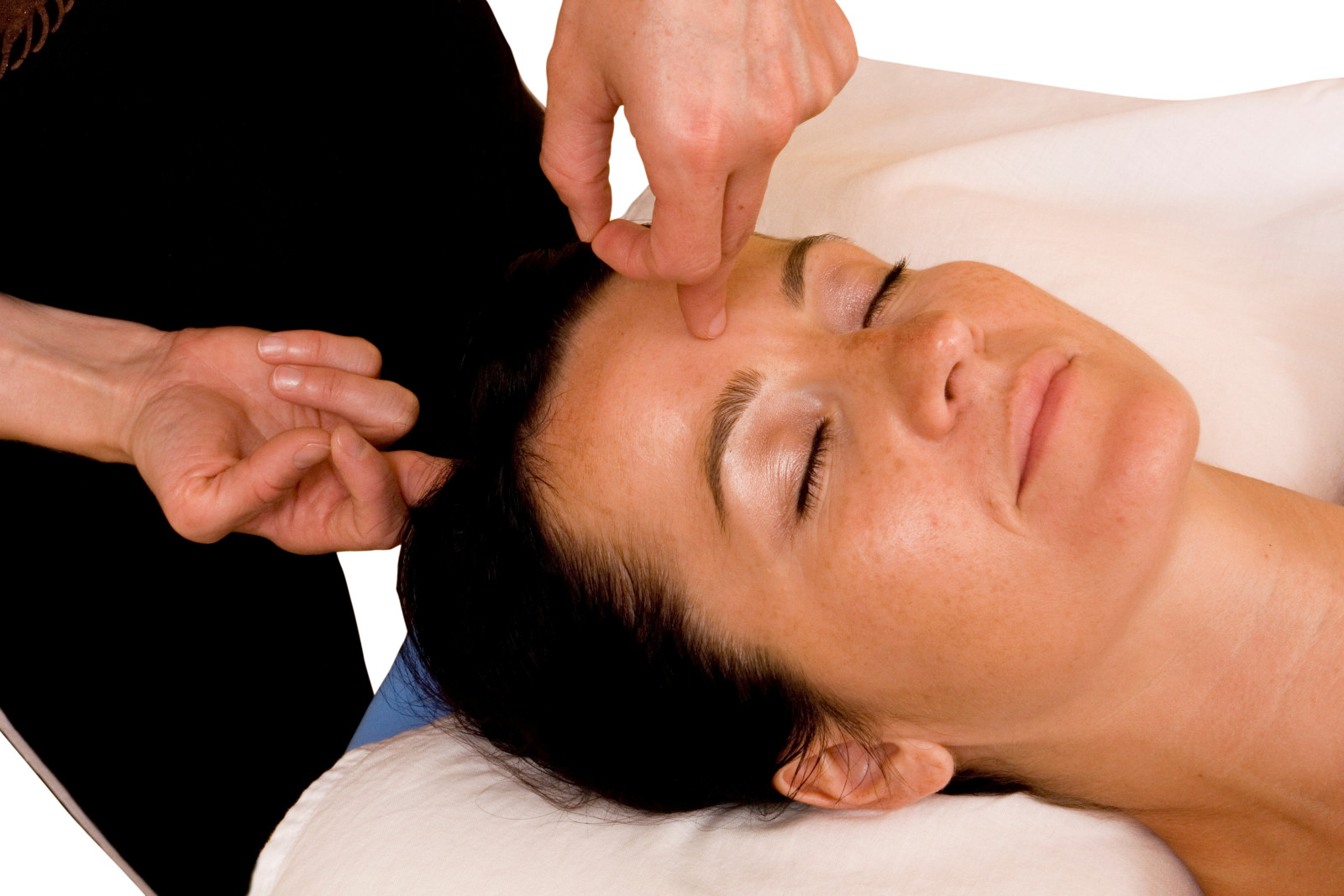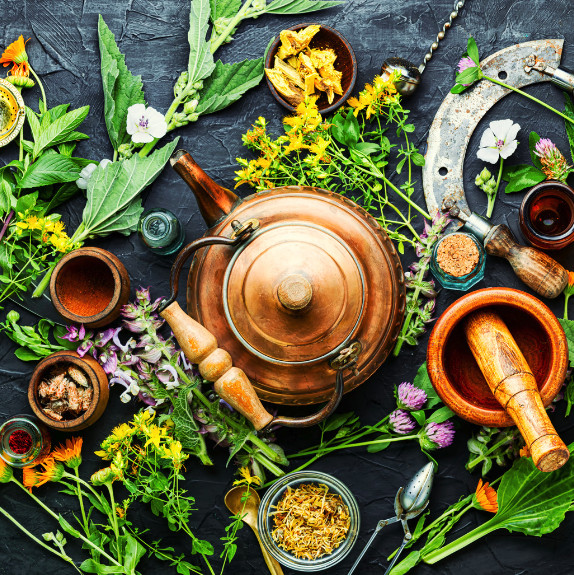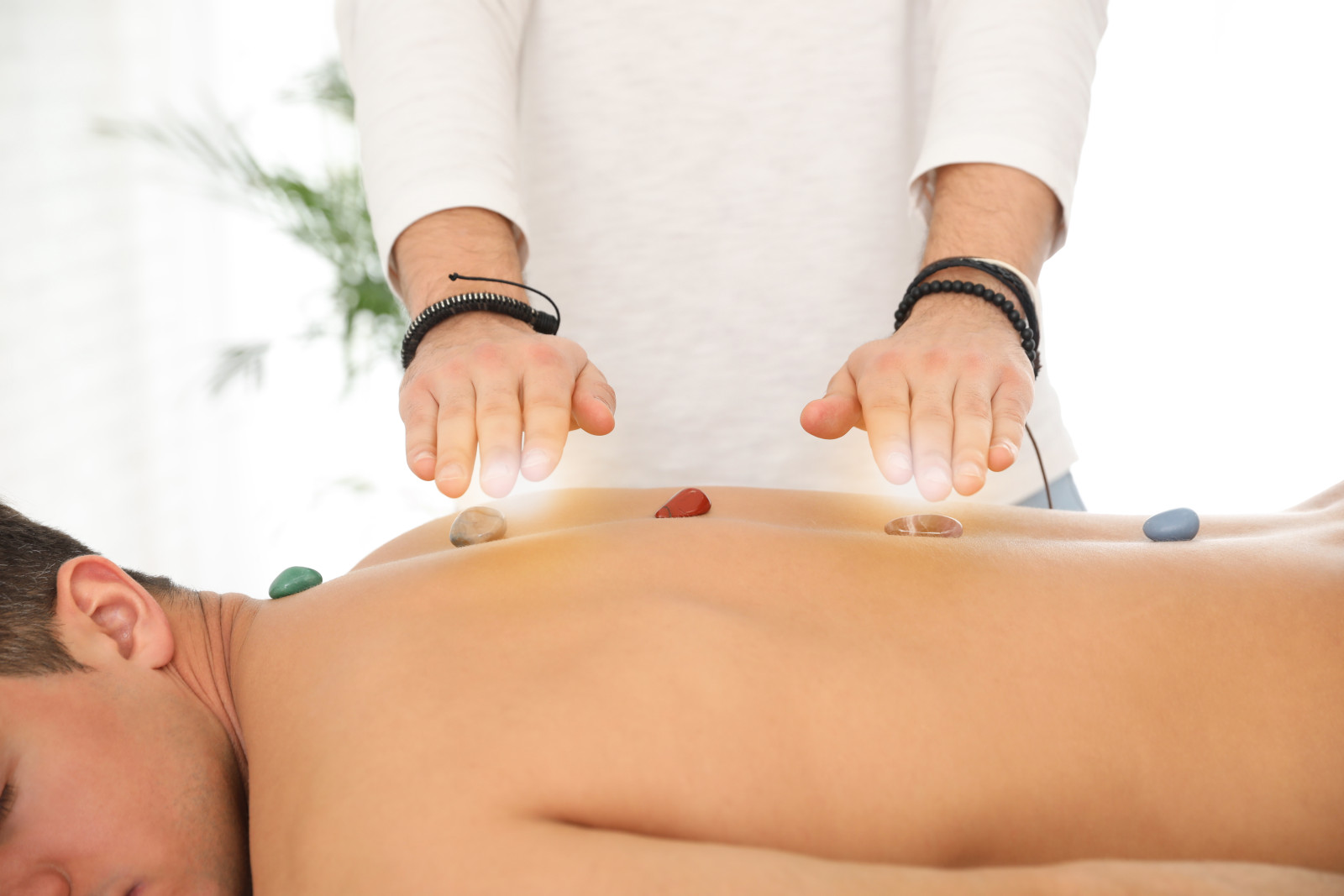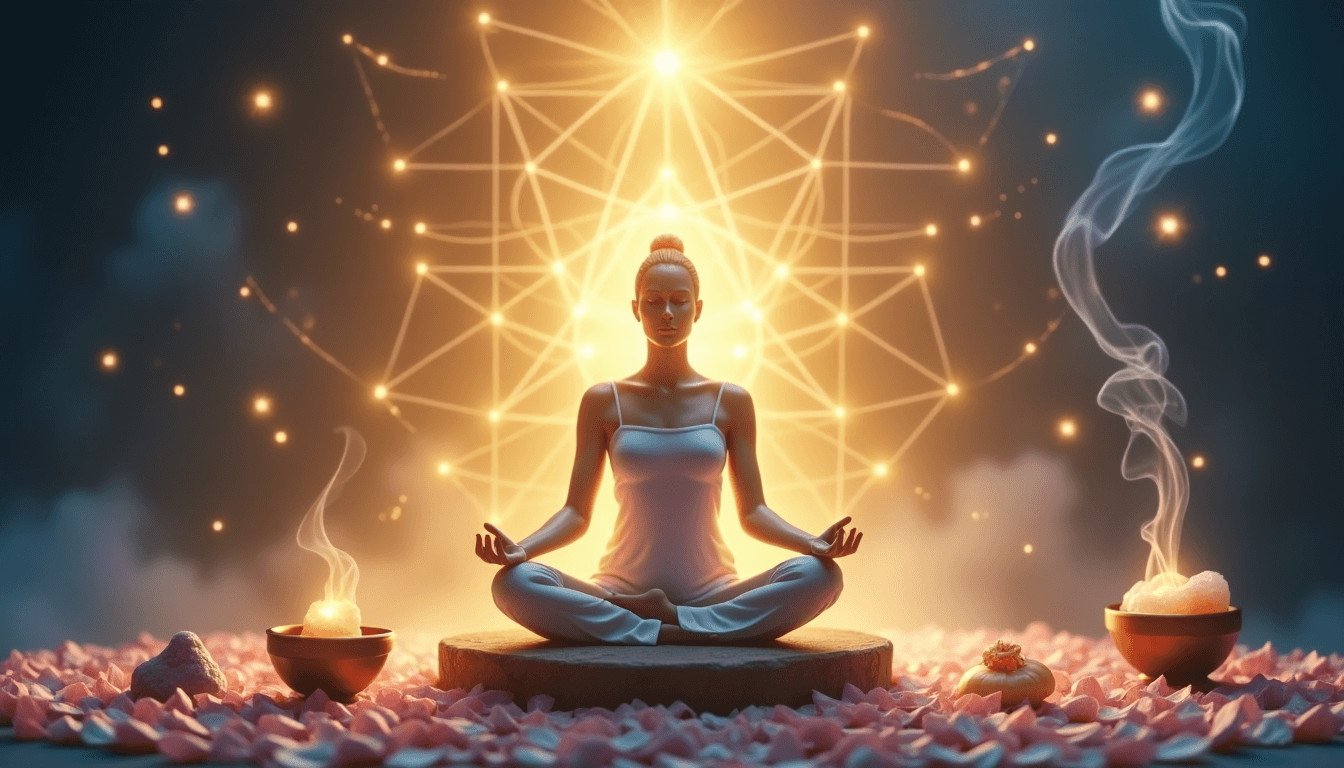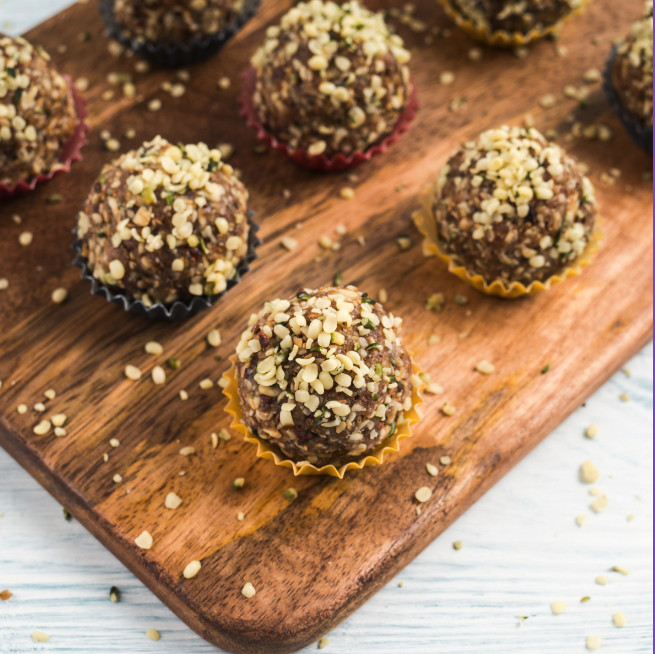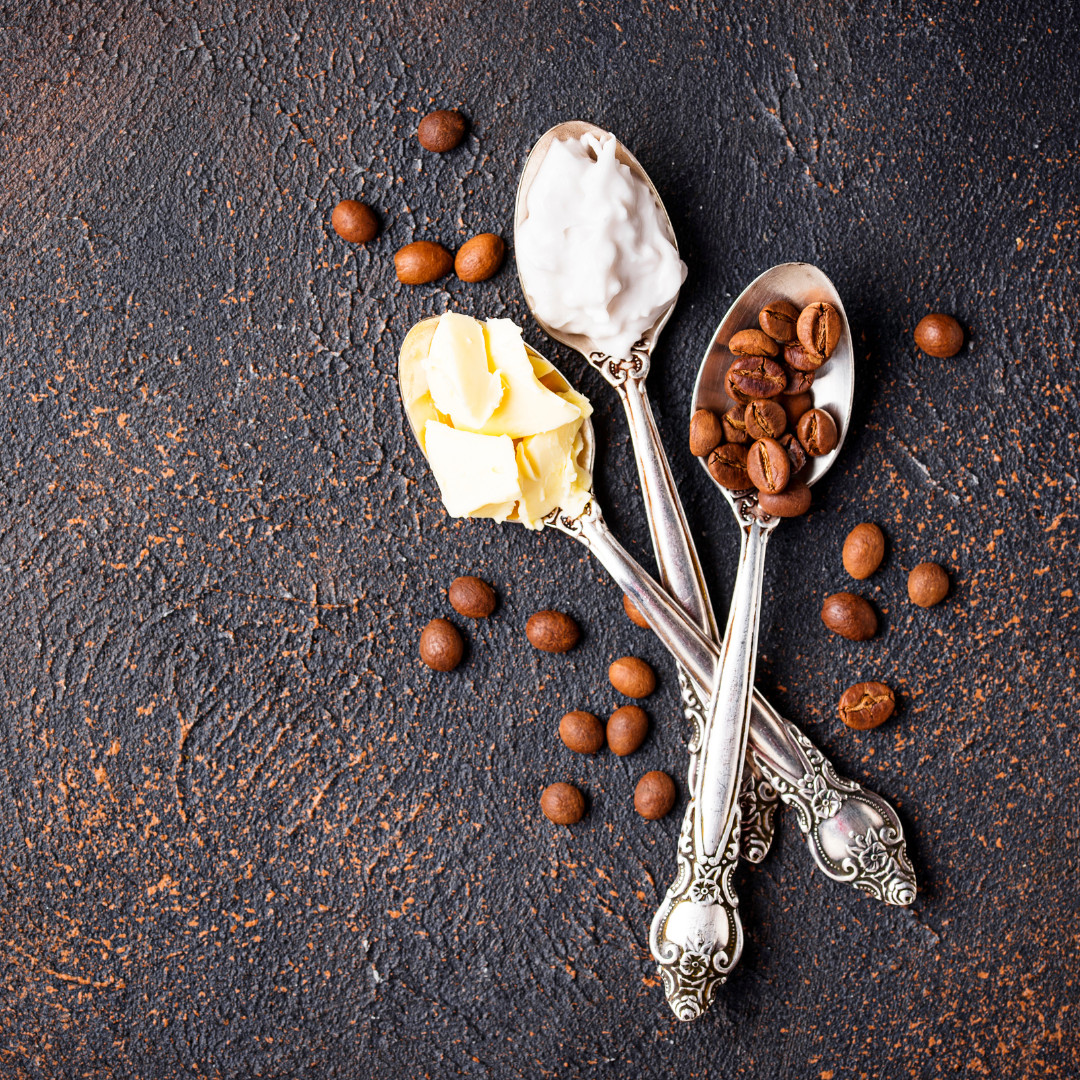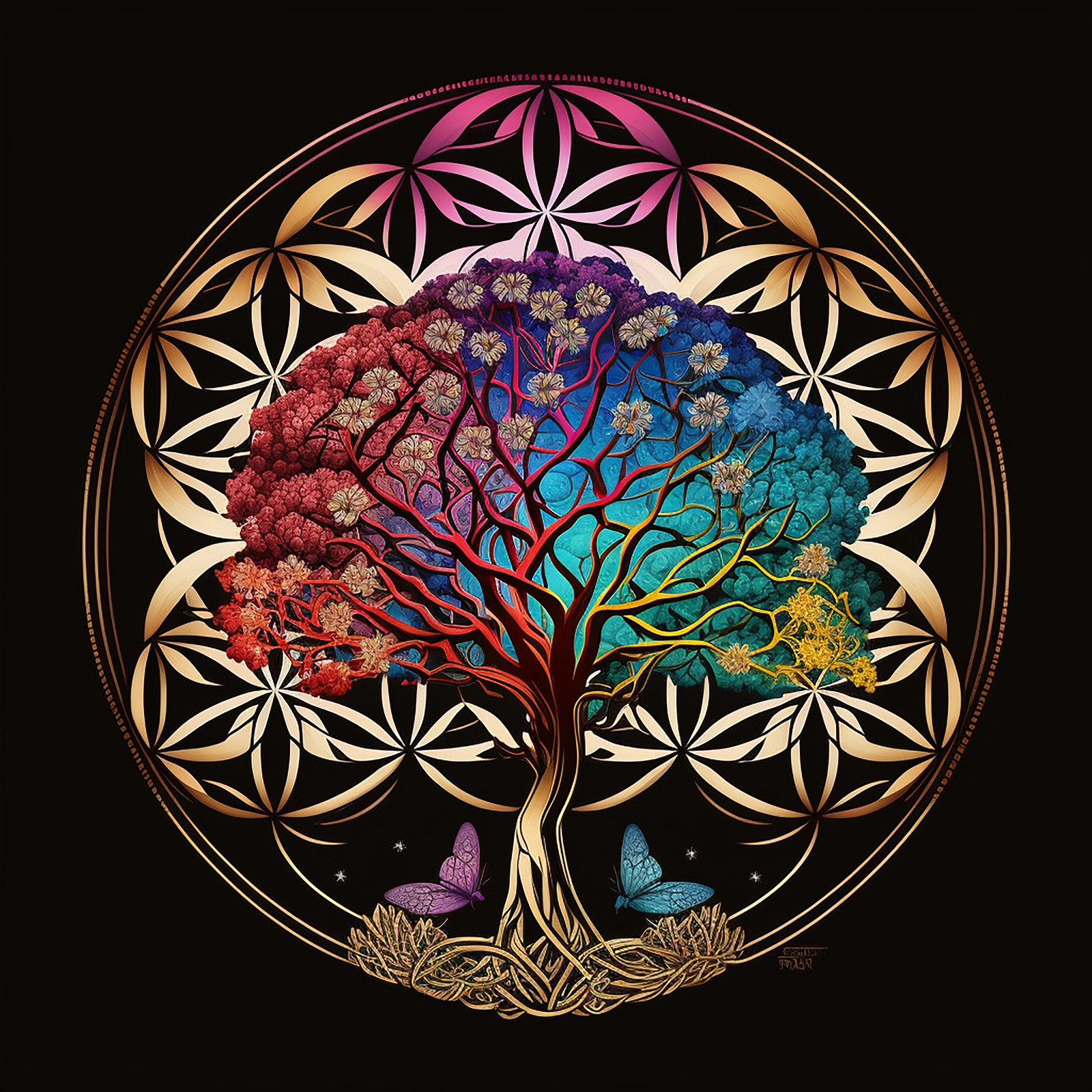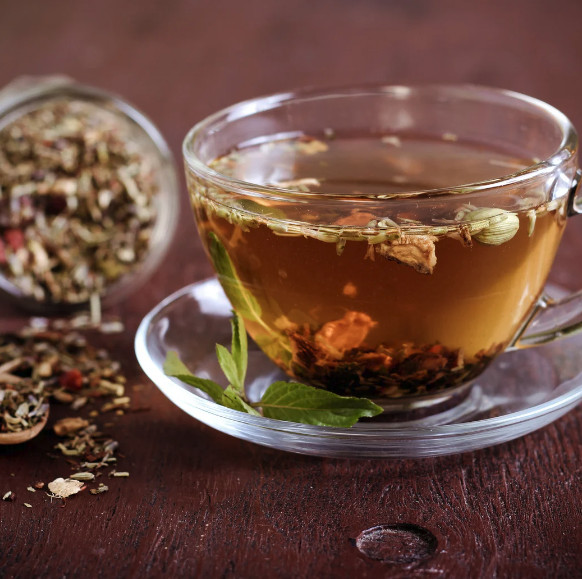
Ayurveda recognizes a 5-spice blend consisting of fennel, cumin, coriander, cardamom, and ginger as a powerful solution for digestive health. This blend addresses common issues such as gas, bloating, indigestion, and abdominal discomfort, helping to heal at the root rather than merely alleviating symptoms. These spices, deeply rooted in tradition, work gently yet effectively to enhance the body's natural digestive processes without creating dependency.
Each spice offers unique benefits: coriander cools the intestinal tract and supports enzyme production, cardamom makes dishes more digestible and reduces acidity, cumin acts as a potent tonic for digestive strength, fennel combats gas and supports lymphatic function, and ginger ignites digestive fire and balances the digestive system. Together, they increase bile flow, support enzymatic activity, and promote a healthy microbiome, while improving metabolism and encouraging optimal weight and elimination.
Incorporating these spices into one's diet through blends or teas can naturally reset digestive health, as emphasized in Ayurvedic consultations. Ayurveda suggests that proper digestion is foundational for overall health, believing that when the diet is correct, there is no need for medicine, but if the diet is wrong, medicine is ineffective. For those interested in exploring these natural remedies, consultations with experts like Seva Ayurveda can provide personalized guidance.
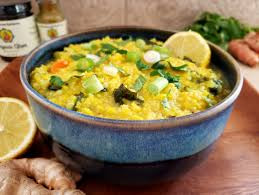
Kitchari is a traditional Ayurvedic dish made from mung dal and basmati rice known for its easy digestibility and health benefits. The dish has been revered in Ayurveda for its ability to strengthen the digestive fire (Agni) while flushing out toxins, making it an ideal meal during times of illness, detoxification, pregnancy, and postpartum. This nutrient-rich dish is considered a "perfect protein" source as it contains all nine essential amino acids, and is abundant in essential vitamins and minerals such as iron, calcium, and multiple B vitamins, alongside beneficial dietary fiber and antioxidants.
Kitchari is a versatile meal option that can be customized to suit individual health needs, doshic influences, and seasonal changes. While traditionally it consists of mung dal and basmati rice, variations can include alternatives like red lentils and quinoa, and adaptable spice blends to enhance its nutritional and medicinal properties. It's a suitable choice for Ayurvedic mono-diet cleanses like Panchakarma Therapy, providing nourishment without overwhelming the digestive system, and helping to foster heart and colon health through its nutrient composition.
Cooking Kitchari is straightforward, often involving a combination of grains, beans, spices, and optional vegetables simmered into a mushy stew for easier assimilation by the body. The preparation process typically involves toasting spices like black mustard, cumin, and fennel seeds in ghee to release their flavors before combining with soaked grains and legumes. Kitchari's simple yet nourishing foundation makes it not only a staple in Ayurvedic diets but also a powerful tool for regular body cleansing.
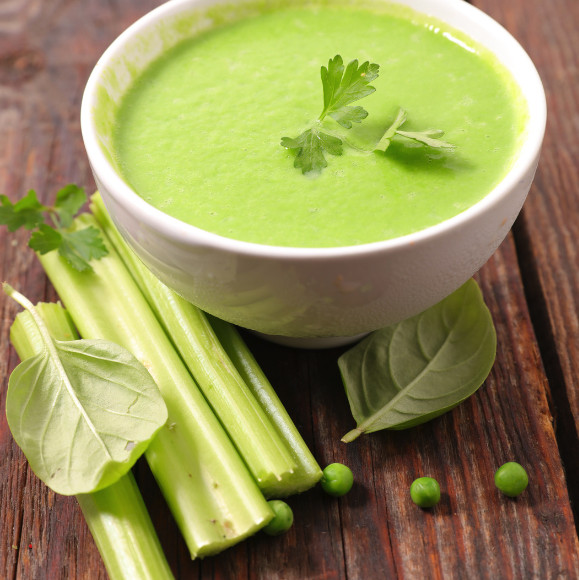
This celery soup recipe, adapted from Bon Appetit's version, offers a quick and delicious meal that serves two. The preparation is minimal and straightforward since the soup will be pureed, requiring only about 5 minutes of prep time and 20 minutes to cook. For a vibrant result, it's recommended to use a clear broth, enhancing the soup's pale yellow-green color and beautifully complementing the speckled emerald of fresh dill.
The soup incorporates ingredients such as ghee, cinnamon, shallots, and celery, with the addition of a roughly chopped potato for texture. These are sautéed and then simmered with a low-sodium vegetable broth until the potato is tender. After puréeing the mixture with fresh dill, creamy cashew cream is stirred in to achieve a rich consistency, ready to be garnished with celery leaves, cracked pepper, and a drizzle of olive oil.
For an optional topping, consider adding homemade gomasio, composed of toasted sesame seeds, finely chopped dulse, and a hint of pink salt. Additionally, the recipe includes instructions for making cashew cream, which requires soaking cashews and blending them with simple ingredients like a date and vanilla extract. This flavorful addition enhances both the texture and taste of the soup, making it a delightful and nourishing dish.
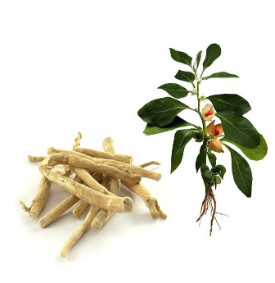
Ashwagandha in Ayurveda means “smelling like a horse”. When it was discovered in ancient times this is how they identified this herb. The English name is ‘Winter Cherry’. It has beautiful leafy greens and small red berries. It is part of the nightshade family so if you have allergies to night shades please choose a different adaptogen to work with.
Ashwagandha is known for being a tonic, rejuvenative, nervine, aphrodisiac, sedative, anti-inflammatory, and anti-oxidant. A superb remedy for nervous exhaustion. Ashwagandha is an adaptogen. Adaptogens help the body adapt to various stressors—e.g., heat, cold, exertion, trauma, sleep deprivation, toxic exposure, radiation, infection, psychological stress. Ginseng is regarded by some as the prototypic adaptogen. Ashwagandha can be considered a ‘junior’ ginseng, making it the least over stimulating of the ginseng family.
In Ayurveda, adaptogens are known as ‘rasayanas’ which are herbs believed to promote youthfulness and increase resistance to illness. Ashwagandha as an adaptogen, appears to enhance endocrine function, and can help support an under-active thyroid and support balanced functioning for the testes and adrenal glands. It is often used in Ayurvedic formulas to support fertility and vitality in men. For women, it can be supportive during heavy periods because it is rich in iron and has been used as a uterine tonic. For the immune system, ashwagandha has a balancing action and can be used in the presence of either hyper- or hypo-immune function.
General uses include:
Nerve exhaustion
Loss of memory
Loss of muscle energy
Insomnia
Paralysis
MS
Weakened Eyes
Rheumatism
Anemia
Fatigue
Infertility
Loss of memory
Loss of muscle energy
Insomnia
Paralysis
MS
Weakened Eyes
Rheumatism
Anemia
Fatigue
Infertility
Contraindications:
Severe congestion, high ama (toxins), lymph congestion, cold and flu.
Severe congestion, high ama (toxins), lymph congestion, cold and flu.
Ayurvedic herbalism uses ashwagandha for general debility and exhaustion, emaciation, memory loss, nerve diseases, cough, anemia, anxiety, and insomnia. Study after study confirms the stress tolerance, performance and endurance enhancing benefits of this herb. It has been shown to increase physical working capacity, increase the size of the heart and the content of blood sugar fuel in the heart and liver.
In another double - blind clinical study, ashwagandha was taken 3 g per day for 1 year, was tested on the process of aging in 101 healthy male adults (50-59 years of age). Significant improvements in hemoglobin, red blood cells, hair pigment and seated stature were observed. Serum cholesterol decreased, nail calcium was preserved and 71.4% of those who received the herb reported improvement in sexual performance.
Ayurveda considers it a ‘grounding’ herb. One that nourishes and regulates metabolic processes and stabilizes mood. As well as being a slow-acting tonic herb, this remedy seems to regulate sleep cycles over time. It also has anti-oxidant activity in the brain, which support anti-inflammatory and anti-aging benefits. Ashwagandha promotes sound sleep and supports Yoga and meditation.
A typical dose is about a gram per day, taken over long periods up to several years, as a rejuvenator. Ashwagandha is typically given with pungent, heating herbs (ginger, pepper, etc.) to increase its tonic effects.
Ashwagandha was named “Herb of the Year” in 2019 and I have included it in my Ayurvedic products such as Veda Roast coffee alternative, Bulletproof Coffee Booster, and Golden Sleep.
Authors note:
*I have brought you this article through research conducted by the writings and wisdom of my teacher and mentor for Ayurvedic Herbs, KP Khalsa. He was the chief formulator for Yogi Teas, and highly credentialed in East West clinical herbal and dietary nutrition. Through him I have taken courses on Ayurvedic Herbs for Women & Integrated Herbology of Ayurvedic, Chinese, & Western Herbs.
I also recommend:
*The Way of Ayurvedic Herbs by Michael Terra & KP Khalsa
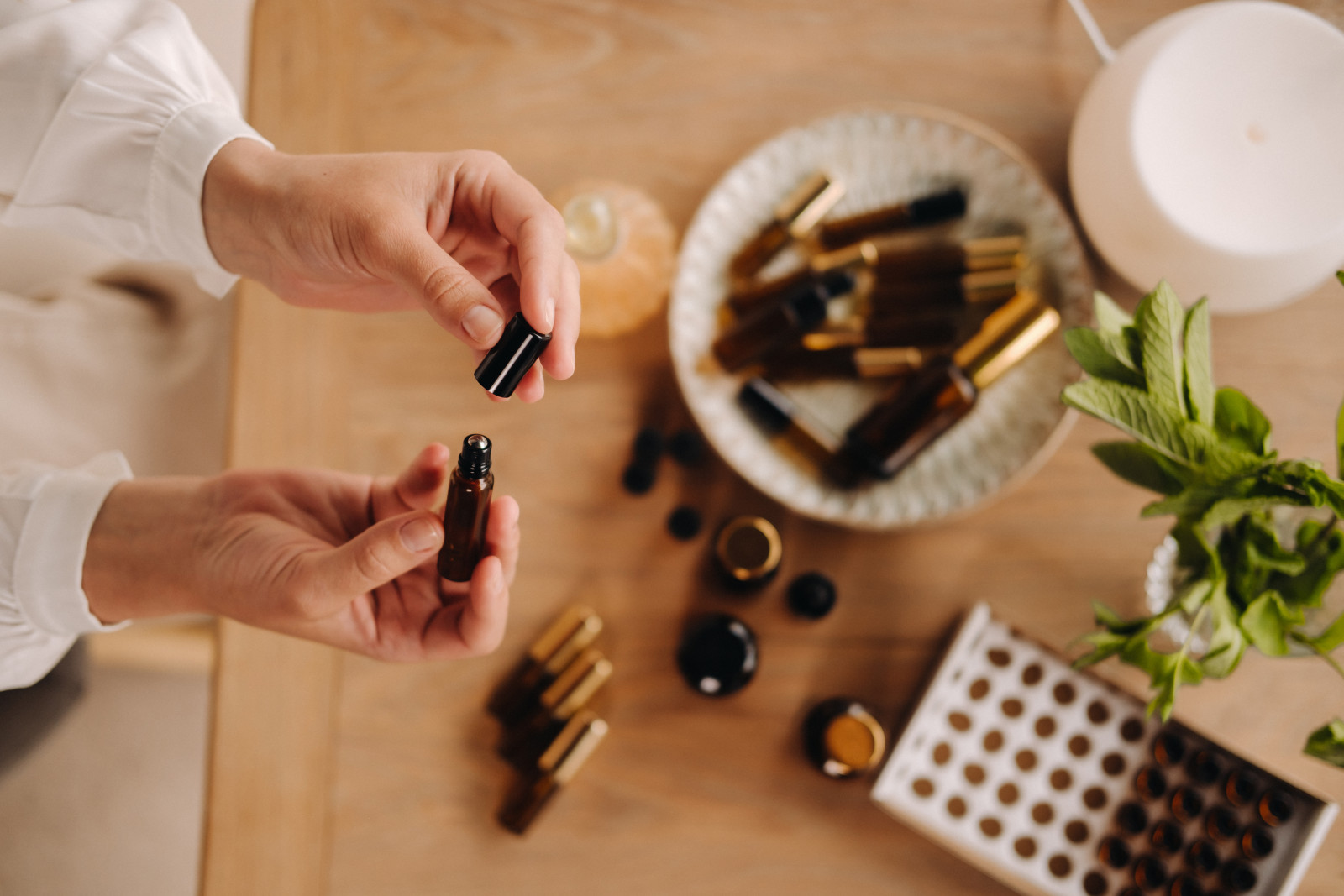
With a rich history in herbal medicine, essential oils once stood as humanity’s strongest medicinal resource until the early 1900s. Today, scientific studies underscore the efficacy of Aromatherapy, leading to its integration into mainstream medical practices and daily routines. Essential oils, derived from plant essences rich in antibacterial and antifungal properties, embody a reservoir of healing, with purity often reflected in price and potency, where even a few drops can yield significant therapeutic effects.
Aromatherapy can be seamlessly woven into daily life through various applications such as diffusers, steam inhalation, and massage. By harnessing the power of the Olfactory system, essential oils stimulate both nerve receptors and brain functions, rapidly influencing mood and physiological processes. This practice not only promotes immediate relief and balance but also aligns with Ayurvedic principles, encouraging harmony between one's constitution and environment through personalized scent profiles.
Whether it’s stabilizing Vata, pacifying Pitta, or invigorating Kapha, various essential oils cater to specific doshic needs, assisting in emotional and physical equilibrium. The thoughtful use of these plant-based remedies can provide substantial benefits, particularly during life transitions such as menopause. Incorporating essential oils into routine self-care fosters an enriched, holistic lifestyle marked by well-being and self-love, available to anyone seeking to enhance their personal health journey.
